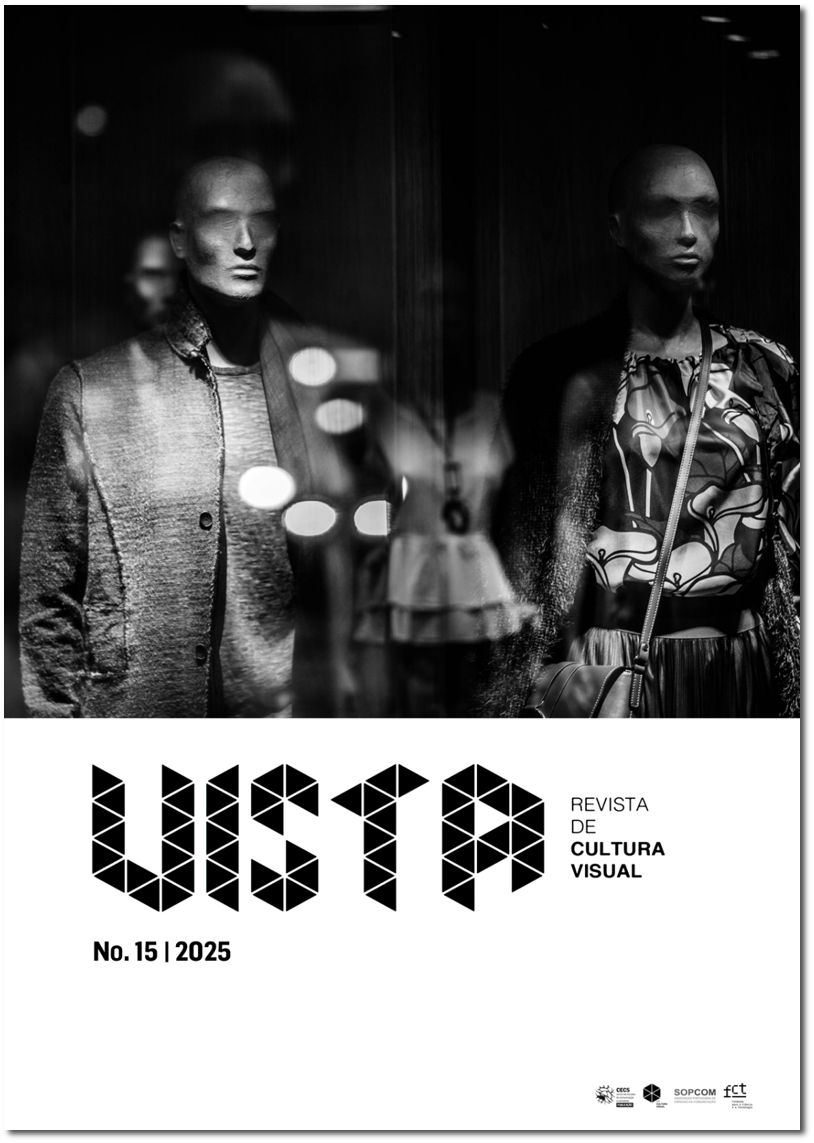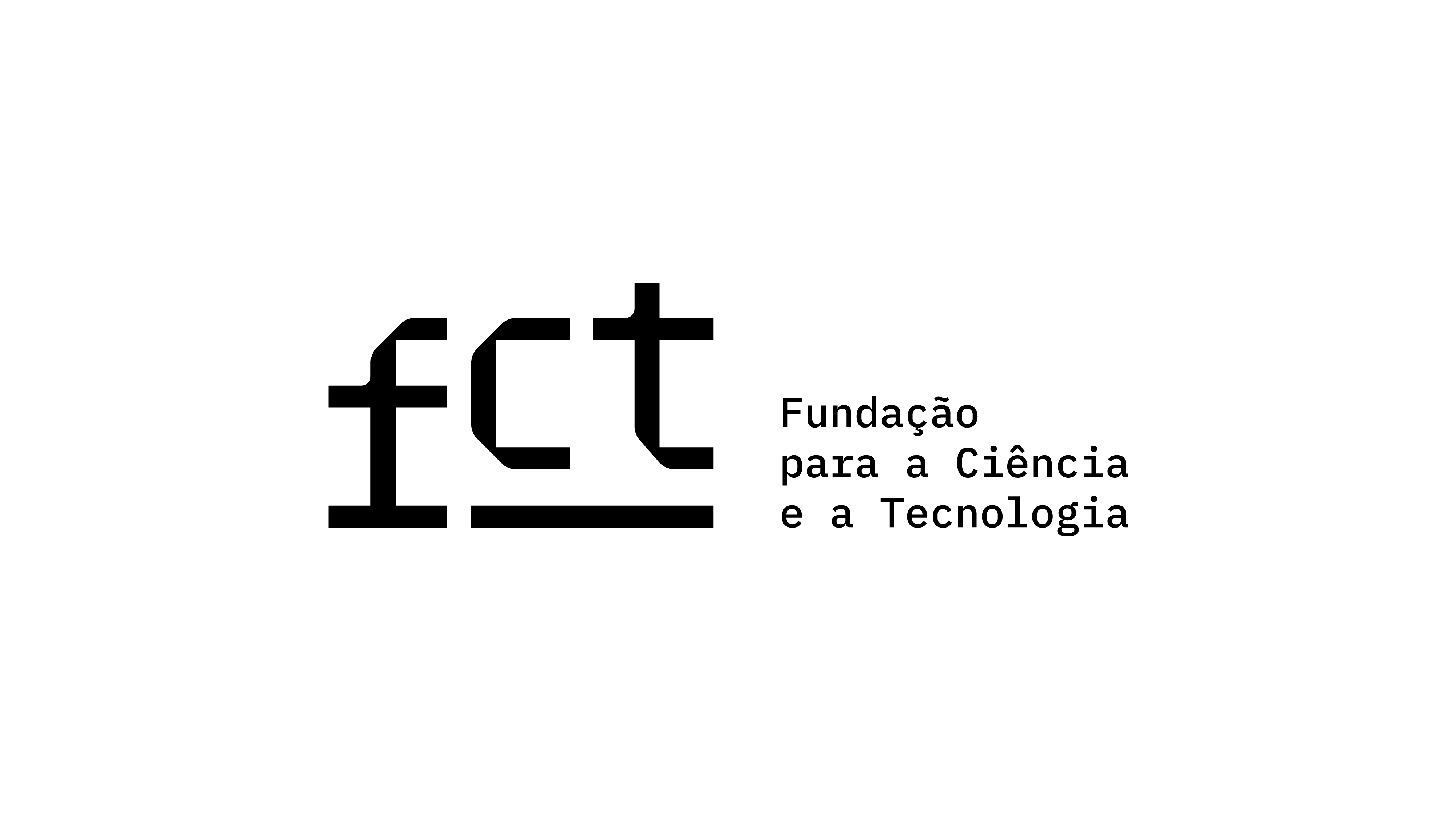Sustainable Fashion, Unsustainable Advertising: A Case Study of Small and Medium-Sized Enterprises
DOI:
https://doi.org/10.21814/vista.6253Keywords:
fashion, sustainability, advertising, social responsibilityAbstract
This article discusses how sustainable fashion brands, characterised as small and medium-sized enterprises, can align their advertising initiatives and strategies with the principles of sustainability and the market. Based on the master's thesis entitled Alternativas Entre Luxo e Desperdício: Publicidade no Contexto da Moda Sustentável (Alternatives Between Luxury and Trash: The Advertising in the Context of Sustainable Fashion; Silva, 2024), the text addresses the evolution of fashion, contextualising the transition from an industry focused on mass production to a sector that increasingly incorporates social and environmental concerns. The central discussion focuses on the challenges faced by small and medium-sized brands in communicating sustainable values in a market still characterised by traditional practices and excessive consumerism. The marketing and advertising strategies adopted by four brands, two Brazilian and two Portuguese, are analysed, along with their impact on public perception and engagement with responsible consumption.
The focus is on developing advertising language and other resources aimed at presenting the differentials of sustainability, using green marketing and seeking a balance between profitability and ethics. The article presents reflections and recommendations for advertising in the context of sustainable fashion, encouraging small and medium-sized brands to refine their strategies and consumers to adopt more conscious practices, highlighting advertising as an essential tool to drive change in the market and contribute to a more sustainable future for the fashion industry.
Downloads
References
Amed, I., Berg, A., Balchandani, A., André, S., Devillard, S., Straub, M., Rölkens, F., Grunberg, J., Kersnar, J., & Crump, H. (2023). The state of fashion 2023. McKinsey & Company. https://www.mckinsey.com/~/media/mckinsey/industries/retail/our%20insights/state%20of%20fashion/2023/the-state-of-fashion-2023-holding-onto-growth-as-global-clouds-gathers-vf.pdf
Anner, M. (2020). Abandoned? The impact of Covid-19 on workers and businesses at the bottom of global garment supply chains. Global Workers’ Rights; Penn State Center.
Associação Brasileira da Indústria Têxtil e de Confecção. (2023). Perfil do setor têxtil brasileiro. https://www.abit.org.br/cont/perfil-do-setor
Bardin, L. (2011). Análise de conteúdo (L. Reto & A. Pinheiro, Trads.). Edições 70. (Trabalho original publicado em 1977)
Black, S. (2012). The sustainable fashion handbook. Thames & Hudson.
Boucher, J., & Friot, D. (2017). Primary microplastics in the oceans: A global evaluation of sources. International Union for Conservation of Nature. DOI: https://doi.org/10.2305/IUCN.CH.2017.01.en
Clean Clothes Campaign (s.d). Rana Plaza. Retirado a 29 de abril de 2025, de https://cleanclothes.org/campaigns/past/rana-plaza
Comissão Mundial sobre Meio Ambiente e Desenvolvimento. (1987). Nosso futuro comum. Fundação Getúlio Vargas.
Costa, B. E. S. L. (2014). A história da moda influenciando as tendências [Monografia de curso de pós-graduação lato sensu, Universidade de São Paulo].
EcoDebate. (2020, 17 de setembro). Estratégia de marketing sustentável: Posicionamento de marcas por meio da ferramenta storytelling. https://www.ecodebate.com.br/2020/09/17/estrategia-de-marketing-sustentavel-posicionamento-de-marcas-por-meio-da-ferramenta-storytelling/
Eisenhardt, K. M. (1989). Building theories from case study research. Academy of Management Review, 14(4), 532–550. https://doi.org/10.2307/258557 DOI: https://doi.org/10.2307/258557
Ellen MacArthur Foundation. (2017). A new textiles economy: Redesigning fashion’s future. https://www.ellenmacarthurfoundation.org/a-new-textiles-economy
Fashion Revolution. (2022). Transparency index report 2022. https://issuu.com/fashionrevolution/docs/fti_2022
Fashion Revolution. (2023). Transparency index report 2023. https://issuu.com/fashionrevolution/docs/fashion_transparency_index_2023_pages
Fletcher, K. (2014). Sustainable fashion and textiles: Design journeys. Routledge. DOI: https://doi.org/10.4324/9781315857930
Gil, A. C. (2019). Métodos e técnicas de pesquisa social. Atlas.
Gwilt, A. (2014). A practical guide to sustainable fashion. Bloomsbury Publishing.
Kotler, P., Kartajaya, H., & Setiawan, I. (2017). Marketing 4.0: Do tradicional ao digital (I. Korytowisk, Trad.). Editora Sextante. (Trabalho original publicado em 2016)
Ministério da Agricultura, Pecuária e Abastecimento. (2021). Plano setorial para adaptação à mudança do clima e baixa emissão de carbono na agropecuária com vistas ao desenvolvimento sustentável (2020-2030): Visão estratégica para um novo ciclo. Secretaria de Inovação, Desenvolvimento Rural e Irrigação. https://www.gov.br/agricultura/pt-br/assuntos/sustentabilidade/planoabc-abcmais/publicacoes/abc-portugues.pdf
Ministério da Educação. (2024, 17 de abril). Política nacional de educação ambiental é atualizada. Retirado a 29 de abril de 2025, de https://www.gov.br/mec/pt-br/assuntos/noticias/2024/julho/politica-nacional-de-educacao-ambiental-e-atualizada
Monteiro, L. (2023). Inovações na comunicação de moda: O papel das redes sociais na construção de narrativas sustentáveis. In Proceedings do Congresso Internacional de Comunicação e Inovação (pp. 45–59). International Conference on Knowledge Management.
Müller, M., & Mesquita, F. (2018). Admirável moda sustentável – Vestindo um mundo novo. Artipol Artes Gráficas.
Passos, M. C. (2021). O papel da comunicação digital no desenvolvimento sustentável da moda têxtil [Dissertação de mestrado, Politécnico do Porto]. Repositório Institucional P. Porto. http://hdl.handle.net/10400.22/19630
República Portuguesa. (2019). Plano Nacional de Energia e Clima 2021-2030. Ministério do Ambiente e da Ação Climática. https://bcsdportugal.org/wp-content/uploads/2020/12/PNEC-2030-Plano-Nacional-Energia-e-Clima.pdf
Rodrigues, M. A. (2021). Consumo de moda sustentável em Portugal: Uma análise do discurso à prática [Dissertação de mestrado, Universidade Beira Interior]. Repositório Digital da UBI. http://hdl.handle.net/10400.6/12004
Santana, C. C. D., & Coppola, S. A. A. (2021). Moda artesanal: Explorando uma cultura regional brasileira por técnicas e saberes tradicionais. LAV – Revista Digital do Laboratório de Artes Visuais, 14(1), 47–72. https://doi.org/10.5902/1983734847468 DOI: https://doi.org/10.5902/1983734847468
Silva, C. F. (2024). Alternativas entre o luxo e o lixo: A comunicação publicitária no contexto da moda sustentável [Dissertação de Mestrado, Universidade Fernando Pessoa]. Repositório da Universidade Fernando Pessoa. http://hdl.handle.net/10284/13164
United Nations. (2015). Transforming our world: The 2030 agenda for sustainable development. https://sdgs.un.org/2030agenda
United Nations Environment Programme. (2019, 14 de março). UN Alliance For Sustainable Fashion addresses damage of ‘fast fashion’. https://www.unep.org/news-and-stories/press-release/un-alliance-sustainable-fashion-addresses-damage-fast-fashion
Yin, R. K. (2015). Case study research: Design and methods. SAGE.
Downloads
Published
How to Cite
Issue
Section
License
Copyright (c) 2025 Cícero Feitosa da Silva, Francisco Mesquita

This work is licensed under a Creative Commons Attribution 4.0 International License.
Authors own the copyright, providing the journal with the right of first publication. The work is licensed under a Creative Commons Attribution 4.0 International License.













